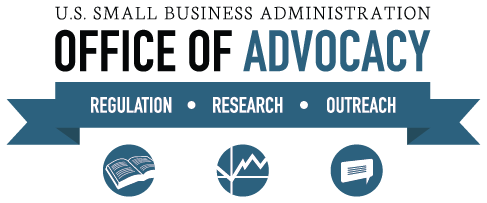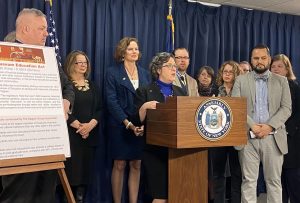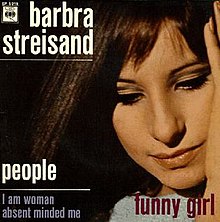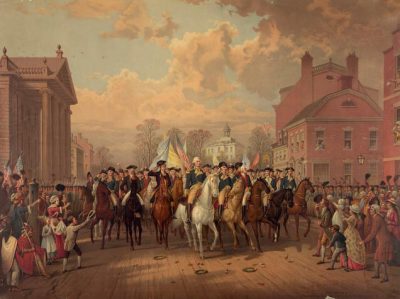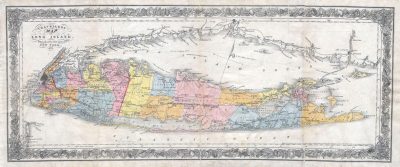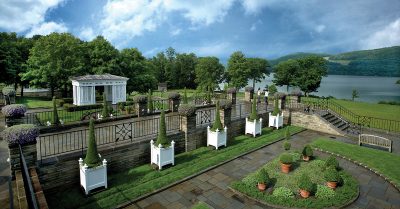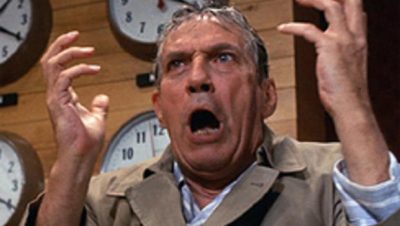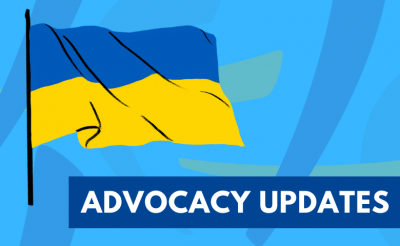
Activists have returned to Albany, and some lawmakers don’t like it
That was the headline of a recent article in New York. The advocacy issue here is secondary to advocacy decorum. Now that legislative buildings are open again, the quiet of Covid has been disrupted by the pleas of in-person advocates. Here is how one such incident was reported:
The argument [between the advocates and the representative] did not come to public attention until [Bronx Assemblyman Michael] Benedetto released a defiant video Tuesday claiming that he had been “bullied” by the housing activists – who Benedetto claimed were targeting him as he runs for reelection. His response sparked a new round of controversy over whether he was overreacting or whether the activists had stepped over the lines of political civility.
“Maybe he doesn’t remember how Albany works when people are allowed inside,” Cea Weaver, campaign coordinator of the tenant advocacy group Housing Justice for All, who was present at the March 9 meeting, said in a text. “That’s not bullying. It’s lobbying. It’s a normal part of the political process.”
Benedetto told City & State on Wednesday that he did not feel physically threatened by the activists, though he felt they violated standards of decorum. “All these people chanting – and in my office and demanding that I sign onto the bill – can be rightfully looked upon as a type of bullying,” he said. “Other people, I could suspect, would be rather intimidated by the yelling.” Some of his colleagues have made similar criticisms in the past of activists and colleagues who have used direct action tactics in legislative organizing.
To the best of my knowledge the history and preservation community advocacy sessions aren’t so memorable and let us hope that it remains that way.
EBLAST ADVOCACY
Here is a two examples of a different type of advocacy. This time it is not in person but via email.
Colleagues!
The budget process is nearing the end, and we hope you can help with ONE FINAL PUSH. Please contact your local assembly member and senator and tell them, in your own words, that we hope NYSCA will receive $50 million in additional funding for COVID recovery. The field is desperate and in need of major state support.
Thank you,
Liz Reiss
President
ArtsNYS
In this example, a statewide organization is mounting a push for a very specific ask – additional funding for Covid recovery. This issue was also part of the recent federal advocacy program previously written about (Museum Advocacy: The Federal Level). Clearly each state has its own way of funding Covid recovery. The critical point is the need for a private statewide organization to organize the advocacy effort. Such private statewide organizations do not always exist in the history community.
I turn now to a legislative action which affects the history community.
Erika Sanger, the Museum Association of New York (MANY), recently sent the following eblast to its members. These members include science museums, art museums, zoos, and aquariums besides history museums.
If I had a personal FAQ sheet, “How many museums are there in New York State?” would be at the top of the list. Believe it or not, it is a hard question to answer. MANY uses 1,400 as an estimate, but I have learned that to be an effective advocate and to counter inaccurate, commonly held beliefs and perceptions, we need to use precise and relevant data about who we are, who we serve, and what funds make our work possible.
The second FAQ would be, “What is next in MANY’s statewide advocacy agenda?” I am pleased to announce that on March 28th Assembly Member Didi Barrett (District 106 Dutchess/Columbia) introduced Assembly Bill Number A9710, “An act in relation to conducting a study of public and private museums in New York State.” The intent of the study is to identify and collect data about all museums in the state including information on size, hours of operation, visitor statistics, funding sources and amounts, and the subjects of the museums’ collections. It will provide information and recommendations to the legislature about the adequacy of public and private funding sources.
The proposed study will inform policymaking and improve public awareness of the museums throughout our State. It will help identify the benefits, shortfalls, and consequences of the different sources of support for museums. The study will recommend systems of support to best ensure equitable distributions of funds regardless of discipline, budget size, or location.
AM Barrett’s Sponsor Memo recognizes how museums are inextricably linked to New York State’s identity, economy, and history, that too many of us operate hand to mouth, struggle to pay our bills, and wonder each year how we will keep our doors open.
The memo also recognizes that we need assistance to ensure the protection of our collections and to strengthen our roles as educators and community anchors.
Your responses to our State of NYS Museums and COVID-19 impact surveys helped us get attention and support for museum relief funding over the past two years. Now we need you to reach out to your Assembly Members and ask them to sponsor Assembly Bill Number A9710, “An act in relation to conducting a study of public and private museums in New York State.” Please let them know how important this new legislation is to the future of New York’s museums and ask them to email Jacob Scofield, jscofield@assembly.gov and indicate their preference to sponsor.
In a previous blog, I wrote about Connecticut’s effort to survey the field in its state (Lessons from an Advocacy Session: Connecticut). That database will now be helpful in enabling statewide advocacy in the future and in identifying statewide areas of concern. Presumably the same could happen in New York.
AMISTAD COMMISSION
New York is taking another stab with an Amistad Commission. The State’s dismal record with the existing Amistad Commission has been the source of multiple blogs tracking its horrendous experience …. Especially in comparison with the neighboring New Jersey.
The New York State Amistad Commission: Do Black Lives Matter?
January 18, 2016
The Amistad Commissions: New York versus New Jersey
October 2, 2019
Now the State has decided to scrap the current non-program and to try again with THE AMISTAD COMMISSION (A9399). Highlights include:
24 4. There is a need for education reform from preschool through college
25 in order to mitigate the devastating effect of racism in education and
26 the complete miseducation of our population around Black history.
27 5. It is therefore desirable to create a state-level commission, which
28 shall oversee the budget and operation of the Amistad commission as it
29 seeks to provide the students of New York with a more adequate inclu-
30 sion of the history of Africa, chattel slavery, the African diaspora,
31 the legacy of slavery and the contributions of African-Americans in
32 building our country.
There is insufficient space here to review all the provisions of the proposed legislation. It has a targeted implementation of July 1, 2022. So here is an obvious example where a statewide advocacy effort could be pursued if there was such a statewide history organization.
The examples here highlight the need for advocacy and the challenge for the history community. Perhaps people will respond to the plea to send an email. Still there is something to be said for in-person communication … though within the bounds of decorum.


